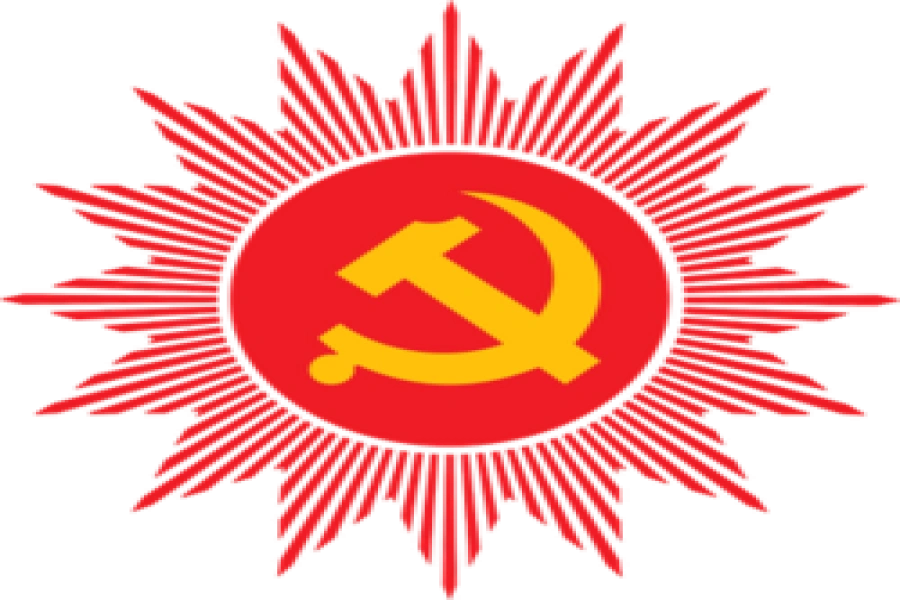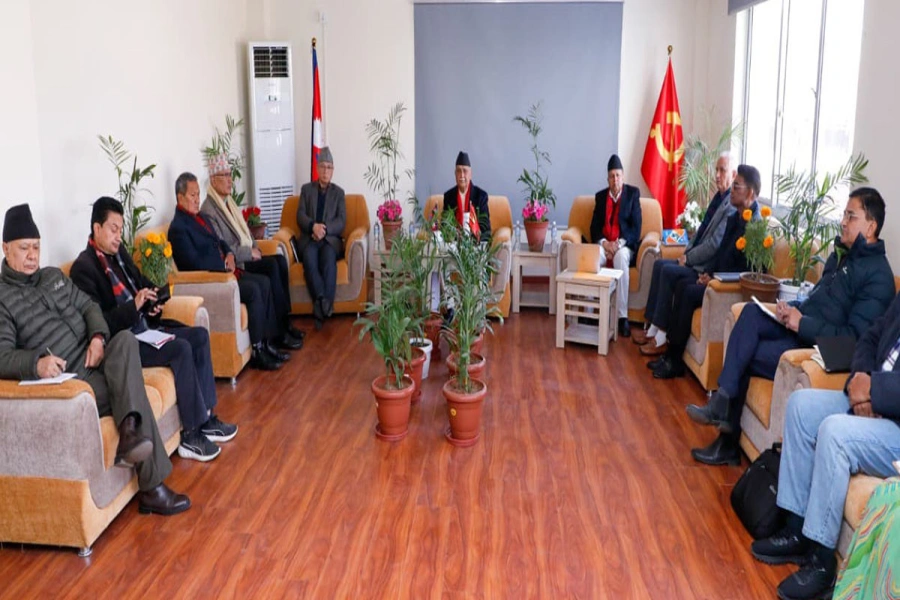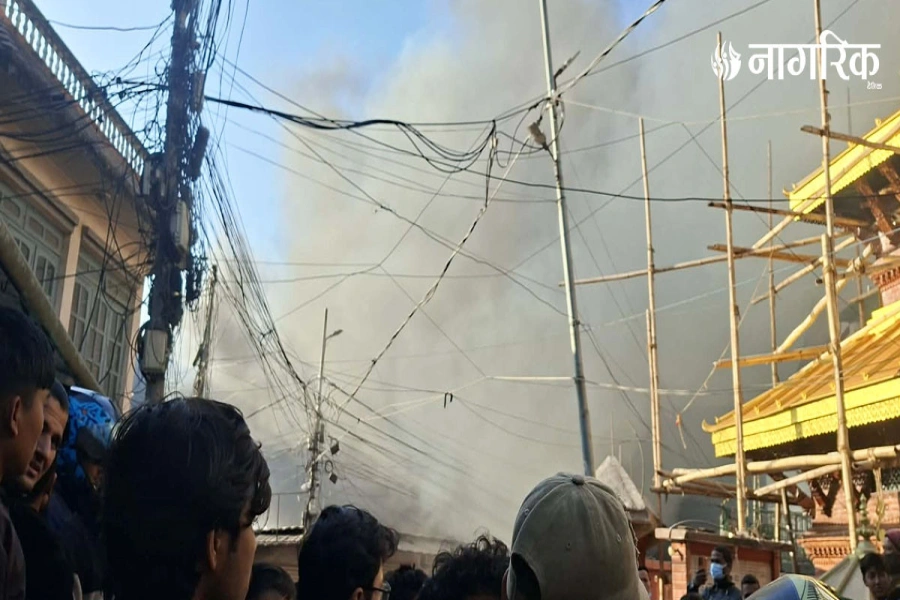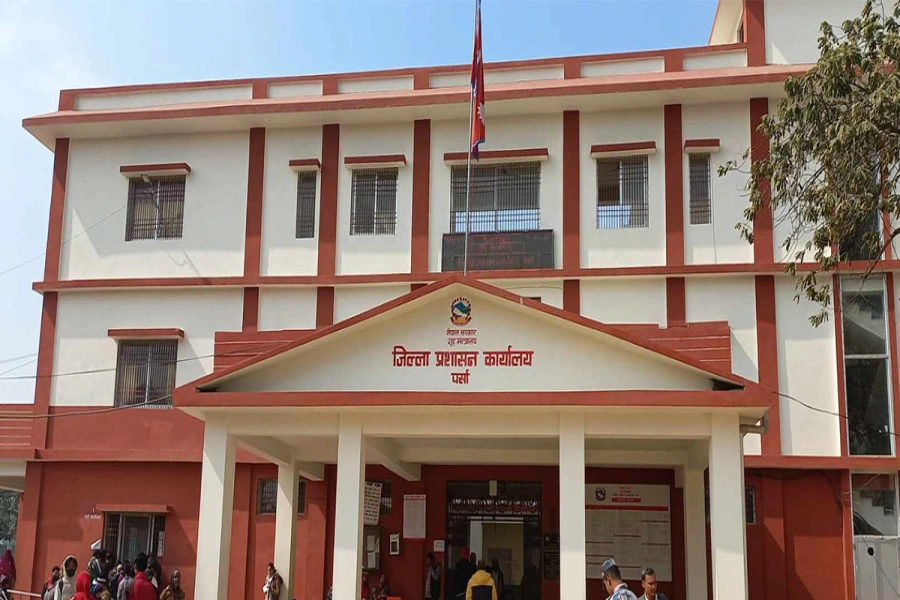Nepal is already on the tactical, strategic and military radar of America. The military exercises in the name of training between the USA and Nepal oftentimes are worrisome. There are already an estimated 5,000 American troops in Nepal in disguised form.
Nepal has a wide array of geopolitical and geo-strategic stakes. It is already a part of the US-funded MCC (Millennium Challenge Corporation) Compact linked to the Indo-Pacific Strategy. India is having a massive border dispute with China. Nepal’s sovereign territory Kalapani, Limpiyadhura, Lipulekh and Susta have been encroached upon by India. China has trespassed on the Humla district. The Free Tibet movement is taking its root however steadily. Nepal is trapped in the geopolitical and geostrategic rivalries between India and China; and China and the US.
NATO as led by America moving eastward, and Ukraine wanting neo-liberal democracy and NATO-membership poked Russia in the eye which led to retaliation and kicking off the reunification of the former Soviet Union territories starting from the ominous Russo-Ukraine War. It has its far reaching geopolitical, geostrategic and geo-economic consequences. Likewise, conflict is looming between China and America over reunification of Taiwan in the East-South China Sea in the Indo-Pacific Ocean. A new era of the Cold War has already commenced.
American influence
Nepal’s political sovereignty and territorial integrity has been sensitive. On the USA-Nepal front, following US Secretary of State Anthony J Blinken’s call to him in early March to discuss Russia's invasion against Ukraine, Prime Minister Deuba in no seconds officially supported Ukraine. With MCC already approved and the SPP (State Partnership Program of the US Department of Defense) in the pipeline, if ratified and implemented, it could bring distant superpower military forces into play, a potential danger that Nepal could ultimately be a war zone like Ukraine due to the Sino-American conflict. To counter this, Xi Jinping's/China's Global Security Initiative already allows China to send its troops to Nepal to safeguard its BRI (Belt and Road Initiative) or if any threat to China is felt. Geopolitically and geostrategically, Nepal is trapped in the tug-of-war and rivalries between the external forces of ‘trios’, namely America, China and India.
Nepal is already on the tactical, strategic and military radar of America. The military exercises in the name of training between the USA and Nepal oftentimes are worrisome. There are already in disguised form an estimated 5,000 American troops in Nepal (Mohan Baniya, parliament member, June 13, 2022). Chief of the Army Staff General Prabhu Ram Sharma paid a visit to the United States just ahead of the awaited Prime Minister Sher Bahadur Deuba’s visit this year; and now South and Central Asia Affairs US Assistant Secretary of State, Donald Lu’s visit end of July linked to SPP, which is besides MCC believed to encircle China, further aggravated geopolitical and geostrategic risks for Nepal, analysts observe.
Nepal-China Relations: A Perspective

In the light of China flexing its muscles in the South China Sea and the Indo-Pacific region and currently in South Asia, India might be possibly engaged in a war with China as associated with massive border disputes unresolved and scuffle already happened at times, and also becoming an active member country of QUAD (The Quadrilateral Security Dialogue/QSD) in the Indo-Pacific region. Nepal is becoming a hotspot after Afghanistan, and NATO as led by the USA outreaching South Asia.
India-Nepal-China relations
In retrospect, the bitter experience that India had for meeting its geopolitical and geostrategic aspirations, opposing Nepal’s new federal Constitution in September 2015, and declaring the economic blockade which lasted for six months caused an economic and humanitarian crisis. Three other such economic blockades were imposed in the past. Nepali trucks were also stopped at the Kolkata harbor, forfeiting Nepal’s rights to free transit. Can Nepal take this as a wakeup call for self sufficiency, import substitution, export promotion, and curbing exodus of people overseas including India for jobs and growing unemployment rate?
Just before the elections in Nepal, an exchange of ‘religious diplomacy’ took place in Indo-Nepal relations. Prime Minister Sher Bahadur Deuba along with his spouse Arzu Rana Deuba’s pilgrimage visit to Kashi Vishwanath Temple, Varanasi, was followed by Prime Minister Narendra Modi’s visit to Lumbini/Nepal, birthplace of Buddha. Envious of China, Modi landed in a helipad overflying the Gautam Buddha International Airport (GBIA) newly constructed by the Chinese Construction Company (NCACG) as hired by Nepal and funded by ADB and OPEC. What prayer to Buddha was it when the proposed air route to the GBIA, which was meant to connect Lumbini, the birthplace of Lord Buddha for pilgrims and tourists coming from all over the world to enjoy the essence of spiritual aspects of Buddhism and pay homage, not granted to Nepal?
During his pilgrimage of a few hours, PM Modi amazingly managed to sign a number of project agreements such as mega Arun IV Hydro Power. Hopefully, it would not be simply grabbing and sitting on mega projects such as over a two-decade old Mahakali Treaty or any other aimed at repealing Chinese development assistance to Nepal. A caution that the political leadership in Nepal should think ‘twice’ before taking any grant or loan or reaching any bilateral agreements or treaty judiciously probing if there are any ‘snare in the flower’ that could be eventually ruinous as the trend has shown this misfortune already for instance especially with India. Therefore, dispensing with its reliance on India and maintaining a minimum engagement of China by Nepal is no longer a viable option.
India’s avoidance behavior not participating in the proposed bilateral discussions pertaining to India-Nepal deputed EPG (Eminent Persons Group) report in resolving the unequal and obsolete 1950 Indo-Nepal Treaty of Peace and Friendship and illegal occupation of Kalapani, Lipulekh, Limpiyadhura - sovereign territories of Nepal - by India ever since Sino-India War of 1962 which India had lost, and on return its troops temporarily stayed in Kalapani to watch over Chinese movements. The issue of Greater Nepal which included the lost territories (one-third the size of the present Nepal) to British rule in India is yet to be restored.
The inclusion of Kalapani, sovereign land of Nepal, in the new official political map of India followed President Xi Jinping’s state visit to Mamallapuram of India in October 2019, and a joint statement in 2014 in Beijing made during PM Modi’s visit to China that Lipulekh, Nepal’s sovereign territory, was their trade route, was a unilateral decision which Nepal has been opposing. China is interested in BRI, a Trans-Himalayan Multidimensional Connectivity Network, for its expanded trade eying the Indian market of one-fifth of world population and the sixth largest economy.
Geopolitically and geostrategically, the greatest weapon for India has been ‘divide and rule’ trying to keep Nepal’s dominant political leaders at its ‘beck and call’ and as a recipient of bogus ‘blessings’. Immediately after Minister of International Department of the Central Committee of the Communist Party of China, Liu Jianchao’s recent visit to Nepal, Prime Minister Deuba’s spouse Arzu Rana Deuba’s meetings in Delhi and that of Prachanda (CPN Maoist Center Chairman) at the invitation of BJP President, when the national Parliamentary elections are at the threshold, are one among many such testimonies.
In retrospect, the Maoist insurgency in Nepal which acquired arms from India contributed to destabilizing the political system, bureaucracy and socio-economy, irreparably as analysts observed. China’s and India’s delinquencies vis-a-vis Nepal’s underperformance, underdevelopment and political instability and the recurring unstable government led to uprisings of American influence in Nepal.
Geo-economic implications
Geo-economically speaking, it’s not ‘benevolence’ of India as it is uttered, but Nepal purchases all the necessary stuffs including petrol, diesel and cooking gas spending its scarce foreign exchange reserves as it does with other nations. Nepal has a trade deficit of Rs 1.8 trillion and at least 80 percent of this is with India.
The Ukraine War changed the course of world history geo-economically as well. In spite of the ensuing rift in Indo-American relation over India’s neutrality over the Russo-Ukraine War issue, but backing Russia just as China did, purchasing excessively the Russian petrol, diesel, coal and wheat at a much reduced price which was attributed to protracting the War. Skyrocketing fuel and food prices due to this war have compounded the pandemic-driven economic problems in Nepal. A fall out of the war is that India has already banned exporting wheat.
Nepal is also on a similar path as Sri Lanka which is already on the brink of bankruptcy and debt trap. The currency is losing value, stocks are falling, unemployment rate is high, revenue is plunging, and taxes are being slashed in favor of political bigwigs and industrialists. Similarly, there is a high national debt to GDP ratio, falling foreign exchange reserve, alarming trade deficit, expensive government, mismanagement, misgovernance and impunity, spending more than earning, unaccounted expenditures, rampant commissions and corruption and the constant poor government leadership focused on nepotism and party politics for power, posts and wealth acquisitions, are the attributes to economic woes including massive debt bubble, bankruptcy and underdevelopment. Nepal’s foreign debt has reached almost Rs 1.8 trillion. Foreign aid to Nepal might even decline due to the domino effect of funding by the West to the Ukraine War against Russia.
Ever camouflaged in different political hats, the top political leadership of Nepal should refrain from being lenient and ‘comfortable’ to the external forces letting them despoil Nepal geo-politically, geo-strategically and geo-economically. The void of matured, astute and nationalistic leadership in the major political parties and the government ever since Nepal adopted federalism in 2008, must end. Geo-political risks should be always high on the agenda for resolution, and resilience plans in place are needed beforehand.





































